Good news for the festive season — the inexorable rise of the virtual image on our computer screens, tablets, and mobile phones would appear to have done nothing to diminish the flood of gorgeously produced art books being published. This year’s selection ranges in time from the third century AD to now, and reaches all over the globe.
First up is Antony Eastmond’s The Glory of Byzantium and Early Christendom (Phaidon, £59.95, Spectator Bookshop, £49.95), which is in essence a sumptuous anthology of 267 unusually carefully chosen highlights, bookended by a short but profound introduction and an exceptionally useful glossary. The selection naturally includes all the most celebrated works in a comprehensive range of media, but also manages to embrace some distinctly out-of-the-way goodies from Georgia and Armenia.
Donal Cooper and Janet Robson’s The Making of Assisi: The Pope, the Franciscans and the Painting of the Basilica (Yale, £45, Spectator Bookshop, £37) also contains many beautiful plates, but is not exactly a holiday read. Its subject is the decoration of the interior of the Upper Church of San Francesco at Assisi, and above all an extraordinarily sophisticated investigation of its patronage and iconography. The most famous element of the basilica’s decoration, the fresco cycle of the life of Saint Francis, has long been an attributional battlefield —or minefield — between the Giotto and not Giotto camps, but here this seemingly insoluble problem is wisely left to one side.
By a happy coincidence, two books within my selection are devoted to miracle-working images, but effortlessly avoid stepping on one another’s toes. Megan Holmes’s The Miraculous Image in Renaissance Florence (Yale, £45, Spectator Bookshop, £37) explores this fascinating and hitherto neglected subject with admirable clarity and insight. Its conception of the term ‘Renaissance’ is a generous one, ranging in date from around 1250 to 1600, and including Florentine territory as well as the city itself. In contrast, Jane Garnett and Gervase Rosser’s Spectacular Miracles: Transforming Images in Italy from the Renaissance to the Present (Reaktion Books, £35, Spectator Bookshop, £31.50) is principally focused upon Genoa, but more significantly pursues the cult of the miraculous right up to the present day. To Dawkinsites — or indeed dour northern protestants — the photographs of recent devotional homages may be almost repugnant, but even they can hardly fail to be fascinated and educated by the outsiderish aspect of these practices.
Up to this point, I have not mentioned a single monograph or exhibition catalogue, but John Marciari and Suzanne Boorsch’s Francesco Vanni: Art in Late Renaissance Siena (Yale, £40, Spectator Bookshop, £34) is both. Vanni is the next best thing to Barocci, star of a wonderful show at the National Gallery earlier this year, and this volume is the next best thing to being able to get to New Haven to see what is evidently a superb display, above all of his drawings. It also surreptitiously manages to be a full-dress treatment of Vanni’s career, something that otherwise does not exist.
Francis Haskell died as long ago as 2000, and only his extreme scrupulosity meant that The King’s Pictures: The Formation and Dispersal of the Collections of Charles I and his Courtiers (Yale, £30, Spectator Bookshop, £26) was not published during his lifetime. Well worth waiting for, it is a characteristically masterly examination of one of the most compelling chapters in the entire history of art collecting, the first and tragically short-lived flowering of the British taste for contemporary and earlier art from overseas.
Once upon a time, exhibition catalogues were slimline productions conceived of as glorified checklists, but even an Olympic weightlifter might think twice about wandering around the current show at the Bard Graduate Center in New York clutching Susan Weber’s William Kent: Designing Georgian Britain (Yale, £60, Spectator Bookshop, £50). At just short of 700 pages and with superb contributions from no fewer than 15 leading authorities, this is a mighty achievement devoted to a major figure. In this instance, the phrase ‘published in conjunction with the exhibition…’ is not just a coy form of words, but instead neatly sums its complementary function. It will remain the definitive account of its subject for many a moon.
In the case of The Library: A World History (Thames & Hudson, £48, Spectator Bookshop, £40), it is only right and proper that the author, James W. P. Campbell, should share top billing with the photographer, Will Pryce, since the latter’s hauntingly evocative images make such a crucial contribution to the success of the project. Under the circumstances, it seems important to underline the fact that there is also a substantial and enviably omniscient text nestling among all the eye-candy. Various libraries in Japan and Korea are a revelation, at least to me, but the one I would use my Tardis to visit first is a Quattrocento jewel, the Biblioteca Malatestiana in Cesena.
Christine Riding and Richard Johns’s Turner and the Sea (Thames & Hudson, £35, Spectator Bookshop, £30) is another exhibition catalogue — the show is at the National Maritime Museum at Greenwich until late April before heading over to the US. Hardly a month seems to go by without another book on Turner, but this one’s theme really is central to his art. An illustrious roll-call of famous canvases, headed by ‘The Fighting Temeraire’, is here, but they are joined by a number of much less familiar but equally rewarding works, especially in watercolour.
The sea also takes a bow in William W. Crouse’s The Art Deco Poster (Thames & Hudson, £35, Spectator Bookshop, £30), in the form of the chapter devoted to Ocean Liners, which conjures up memories of Bette Davis and Paul Henreid romancing on deck in Now, Voyager. Other sections of this enchanting nostalgia-fest encompass such related categories as Aviation, Automobiles and Motorcycles, Leisure, Consumer and Industrial Products, Fashion and Entertainment, Motor Racing, Food, Beverage, and Tobacco, Railways, Travel and Tourism.
Bounding swiftly forward from between the wars to the present, my lucky dozen concludes with Iwona Blazwick’s Cornelia Parker (Thames & Hudson, £35, Spectator Bookshop, £30) and Art and Place: Site-Specific Art of the Americas (Phaidon, £49.95, Spectator Bookshop, £44.95), a volume which does not disclose an author’s name on its title page, but appears to be the brainchild of the editorial director, Amanda Renshaw.
The former reveals Parker’s art in all its inspiring diversity, although for this admirer nothing else — and not even a stunning drawing of a lapwing executed when she was all of 18 — quite manages to supplant Cold Dark Matter (her exploded shed) in my affections. The latter is a real mixed bag, since ‘site-specific’ is employed as a catch-all for everything from the statues on Easter Island, Native American rock art, and South American temple sculpture to Mexican interwar murals, Walter De Maria’s Lightning Field, and Anish Kapoor’s irresistible so-called ‘Bean’ in Chicago, but that should be a cause for celebration. Moreover, by the simple expedient of organising the material geographically as opposed to chronologically, some amazing conjunctions arise, to which not even the Scroogiest Scrooge could object.
Got something to add? Join the discussion and comment below.
Get 10 issues for just $10
Subscribe to The Spectator Australia today for the next 10 magazine issues, plus full online access, for just $10.
David Ekserdjian is professor of history of art and film at the University of Leicester and the author of Parmigianino.
You might disagree with half of it, but you’ll enjoy reading all of it. Try your first month for free, then just $2 a week for the remainder of your first year.

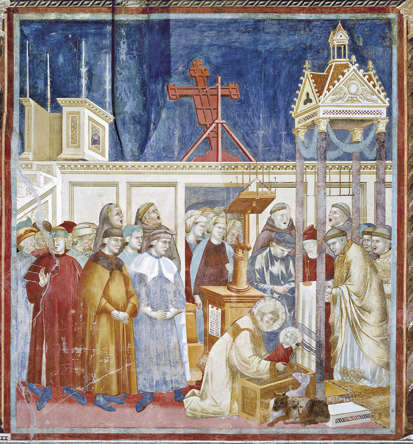
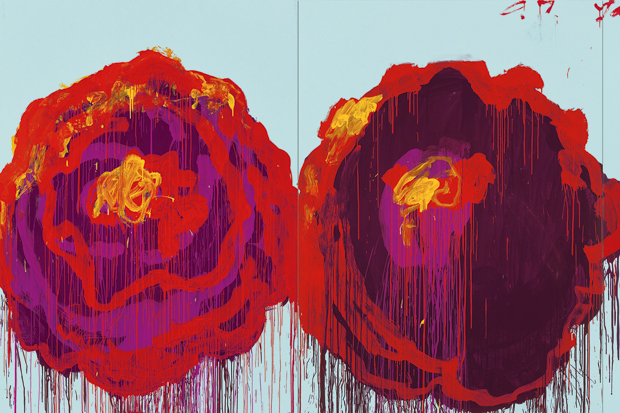

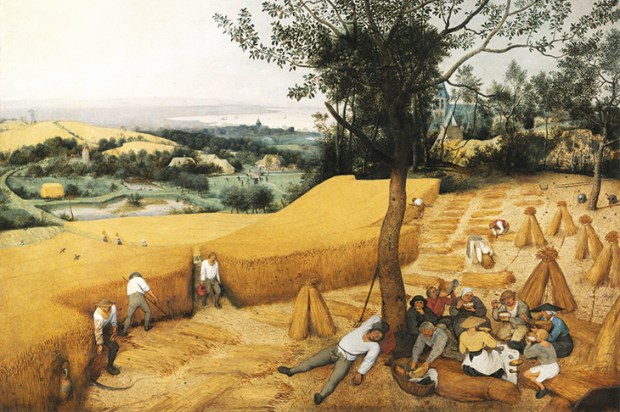
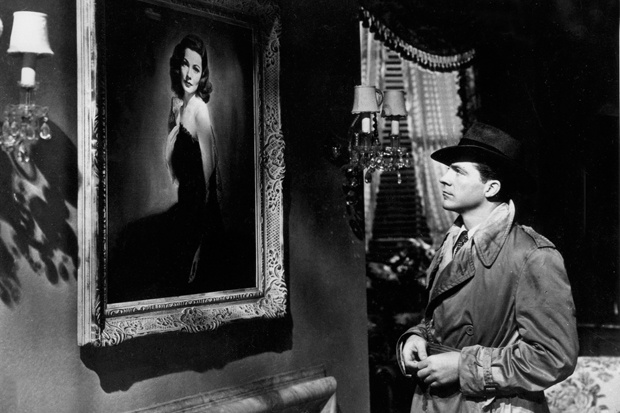
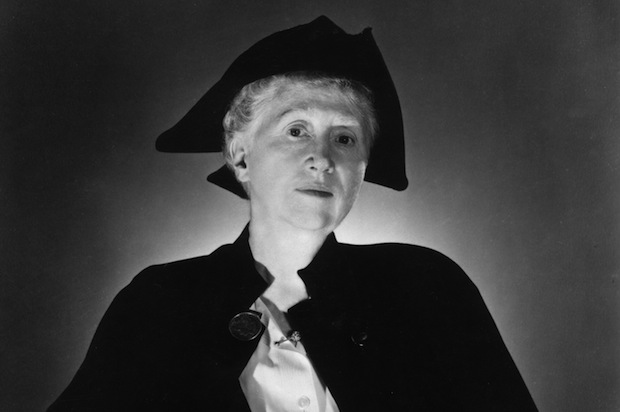
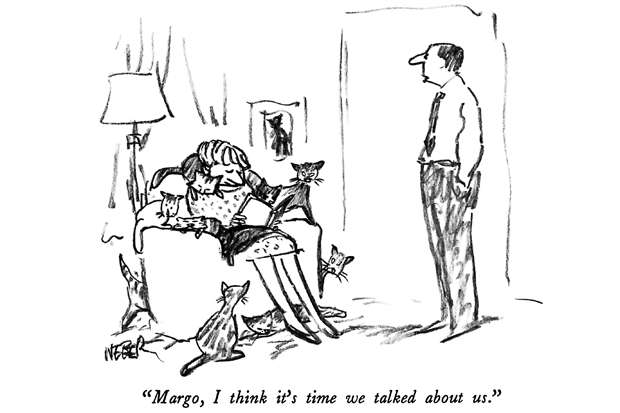






Comments
Don't miss out
Join the conversation with other Spectator Australia readers. Subscribe to leave a comment.
SUBSCRIBEAlready a subscriber? Log in